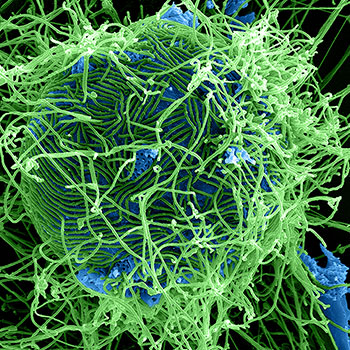How do you use the Rational Zeros theorem to make a list of all possible rational zeros, and use the Descarte's rule of signs to list the possible positive/negative zeros of f(x)=2x^4+x^3-7x^2-3x+3?
2 Answers
Explanation:
It iseasy to find
By the rational root theórem we get
Dividing
See explanation...
Explanation:
Given:
f(x) = 2x^4+x^3-7x^2-3x+3
By the rational zeros theorem, any rational zeros of
That means that the only possible rational zeros are:
+-1/2, +-1, +-3/2, +-3
In addition, note that the pattern of signs of the coefficients of
Further, note that the pattern of signs of the coefficients of
Trying each of the possible rational zeros in turn we find:
f(color(blue)(1/2)) = 2(color(blue)(1/2))^4+(color(blue)(1/2))^3-7(color(blue)(1/2))^2-3(color(blue)(1/2))+3
color(white)(f(1/2)) = 2/16+1/8-7/4-3/2+3
color(white)(f(1/2)) = 0
So
2x^4+x^3-7x^2-3x+3 = (2x-1)(x^3+x^2-3x-3)
color(white)(2x^4+x^3-7x^2-3x+3) = (2x-1)(x^2(x+1)-3(x+1))
color(white)(2x^4+x^3-7x^2-3x+3) = (2x-1)(x^2-3)(x+1)
So the other zeros are
graph{2x^4+x^3-7x^2-3x+3 [-2.5, 2.5, -6, 5]}


